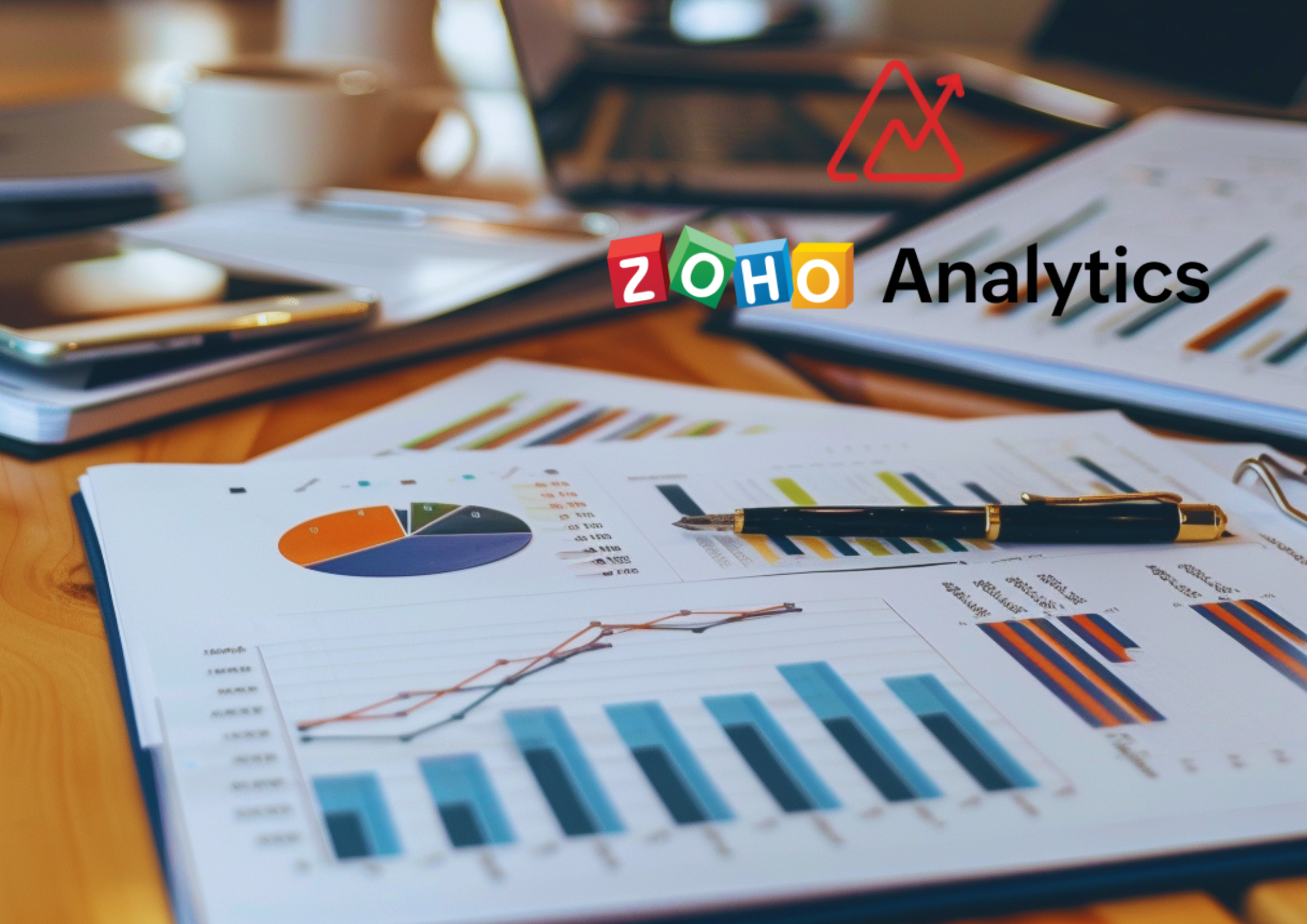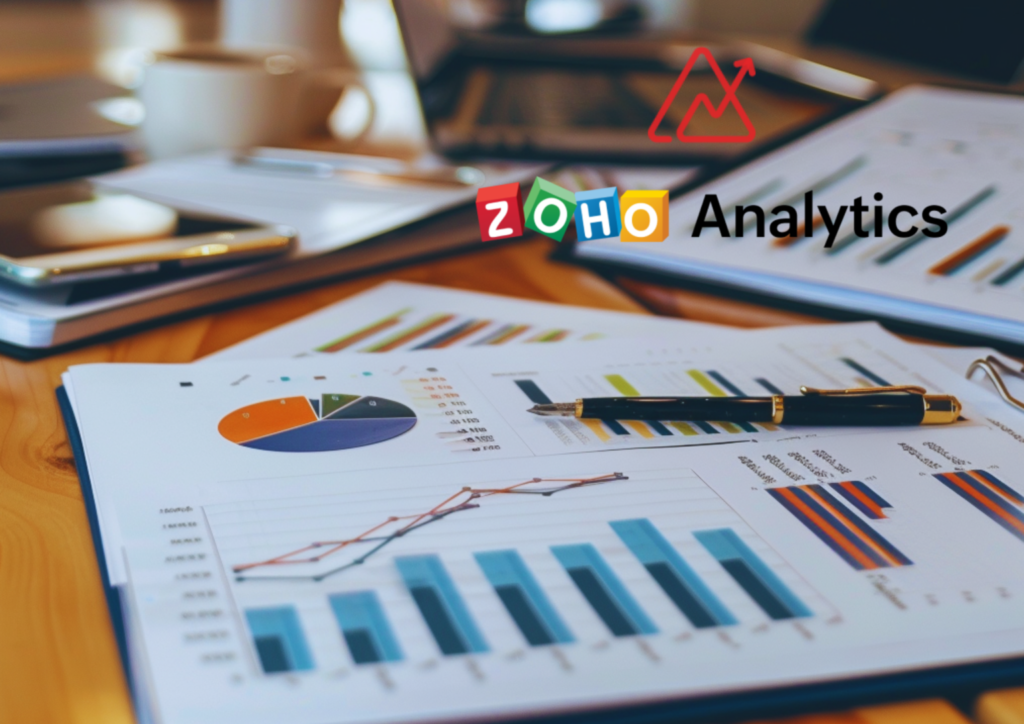Elevating Excellence: Consult JC’s Ascend to Advanced Zoho Partner Status

Today isn’t just another day at Consult JC; it’s a landmark moment that signifies our journey’s pinnacle — achieving Advanced Zoho Partner status. This honor isn’t just a title; it’s the culmination of countless hours of dedication, a steadfast belief in our mission, and our unwavering commitment to excellence. This accolade reflects our journey, fraught with challenges yet brimming with learning and achievements.
From Vision to Victory: Our Journey
Consult JC began with a vision: to be the beacon for businesses navigating the digital transformation landscape. Zoho’s extensive suite has been instrumental in our evolution, enabling us to craft bespoke solutions that significantly impact our clients’ bottom lines.
But what does this prestigious status mean for us and our clients?
- Insider Insights: Direct access to advanced Zoho features and integrations, previously out of reach, empowering us to deliver even more tailored solutions.
- Elevated Excellence: A testament to our proficiency and dedication to delivering success through Zoho’s platform.
Our Pillars of Success:
- Revolutionizing ROI and Operational Efficiency: Through the strategic integration of Zoho CRM, we’ve empowered businesses with data-driven insights, optimizing ROI and streamlining operations.
- Transforming Operations with Integrated Solutions: By connecting essential services like the Inspection Support Network (ISN) with Zoho CRM, we’ve enhanced operational efficiency and client engagement for service providers.
- Achieving Operational Excellence and Sales Growth: Implementing a cohesive ecosystem with Zoho One, we’ve broken down silos, fostering cloud-based excellence and significant business efficiency improvements.
- Innovating Lead Management: We connected Google Ads and Analytics to Zoho Analytics, enabling businesses to optimize marketing strategies and improve lead-generation processes.
- Unlocking Sales Growth through CRM Integration: With Zoho CRM, we’ve transformed sales processes, enhanced customer relationships, and significantly boosted sales growth for our partners.
Each initiative exemplifies our dedication to driving transformation and delivering success, underscoring the tangible benefits of our innovative solutions.
Broadening Our Expertise
As we deepen our commitment to your success, we expand our services to include:
- Tailored Training Programs: We empower your team with customized training sessions for Zoho’s suite, enhancing productivity and fostering innovation.
- Custom Solution Development: Specializing in bespoke Zoho solutions, we tailor everything from CRM modules to inventory integrations, surpassing your operational and financial goals.
- Zoho Creator for Custom Apps: We leverage Zoho Creator for custom applications that automate business processes, optimizing performance and scalability.
- Advanced Analytics and AI: Utilizing Zoho Analytics and AI, we transform complex data into actionable insights, integrating AI-powered tools like Zia for advanced analytics.
- Ongoing Support and Optimization: We offer continuous support and optimization for Zoho applications, ensuring they evolve alongside your business.
- Zoho Marketplace Integrations: We extend the functionality of Zoho applications with third-party integrations, creating a fully integrated ecosystem tailored to your business needs.
Expanding further into the Zoho ecosystem, we enhance engagement and streamline operations with:
- Zoho SalesIQ: Elevating customer interactions with real-time support to enhance engagement.
- Zoho Campaigns: Creating and tracking email campaigns to ensure personalized communication reaches your audience.
- Zoho Books: Streamlining accounting processes for comprehensive financial management.
- Zoho CRM: Providing a 360-degree view of customer interactions to drive sales and service improvements.
- Zoho Social: Managing your social media platforms to amplify your online presence and engage seamlessly with your audience.
A Heartfelt Thank You
To our clients, your trust in us propels us forward. To our team, your talent and perseverance make these achievements possible. Together, we celebrate this milestone, recognizing the collective effort behind our success.
Looking Ahead
Stepping into this new chapter, we’re excited about the endless possibilities our Advanced Zoho Partner status brings. We’re committed to exploring new horizons, pushing boundaries, and delivering services that meet and exceed expectations.
We anticipate the opportunities this milestone brings — aiming for new heights, celebrating future achievements, and continuing our journey of innovation alongside Zoho, our esteemed partner



















